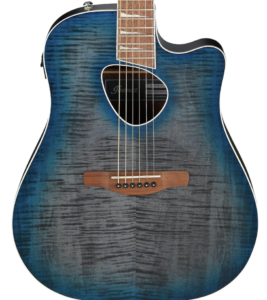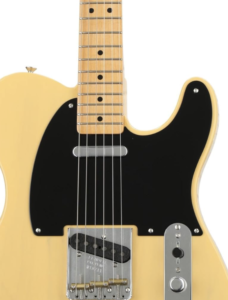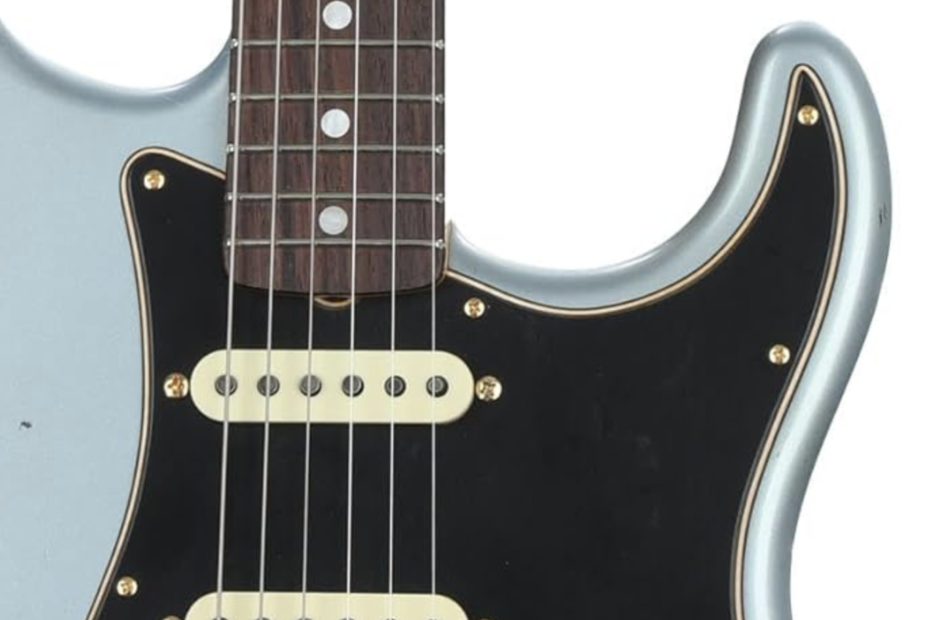As a guitar player, you know that your instrument is more than just a tool—it’s an extension of your musical expression. To keep it in top shape and ensure it sounds its best, essential guitar maintenance is necessary. Whether you’re playing an electric or acoustic guitar, these maintenance tips will help you protect your investment, improve your playing experience, and extend the life of your guitar.
1. Keep Your Guitar Clean
 Dust and grime can accumulate on your guitar over time, especially if you play frequently. Cleaning your guitar regularly not only keeps it looking good but also prevents the build-up of dirt that can affect its sound quality.
Dust and grime can accumulate on your guitar over time, especially if you play frequently. Cleaning your guitar regularly not only keeps it looking good but also prevents the build-up of dirt that can affect its sound quality.
- Cleaning the Body: Wipe down the body of your guitar with a soft, dry cloth after each playing session. For a deeper clean, use a guitar-specific polish or cleaner. Check out our guide on enhancing and protecting your guitar with paint to learn more about maintaining your guitar’s finish.
- Cleaning the Strings: Dirty strings can lose their tone and become uncomfortable to play. Learn simple tips for cleaning your guitar strings to keep them in top condition and extend their lifespan.
2. Change Your Strings Regularly
Changing strings regularly is crucial for maintaining good tone and playability. The frequency of string changes depends on how often you play, but a general rule of thumb is to replace them every 2-3 months for regular players.
- Choosing the Right Strings: Different guitars and playing styles require different strings. If you’re unsure what strings to use, check out our recommendations for the 12 best electric guitar strings and the 7 best acoustic guitar strings.
- How to Change Strings: If you’re new to changing strings, follow our step-by-step guide on how to change acoustic guitar strings.
3. Keep Your Guitar in a Stable Environment
 Temperature and humidity can greatly affect your guitar, particularly acoustic models. Extreme conditions can cause wood to warp, leading to issues like fret buzzing or cracks.
Temperature and humidity can greatly affect your guitar, particularly acoustic models. Extreme conditions can cause wood to warp, leading to issues like fret buzzing or cracks.
- Humidity Control: Aim to keep your guitar in a room with humidity levels between 40-60%. Using a guitar humidifier or storing your guitar in a climate-controlled case can help maintain the ideal environment. If you’re looking for more information on caring for acoustic guitars, check out our section on acoustic guitar topics.
4. Check and Adjust Guitar Action
The action of your guitar, or the height of the strings above the fretboard, plays a significant role in playability. High action can make your guitar difficult to play, while low action might cause buzzing.
- Adjusting Action: If you’re not satisfied with the current action on your guitar, you can adjust it by tweaking the truss rod or the bridge. For more details, read our comprehensive guide to guitar action.
5. Keep Your Guitar Properly Tuned
Tuning your guitar is one of the most basic yet essential maintenance tasks. Playing a guitar that’s out of tune not only sounds bad but can also affect your ear training and overall playing experience.
- Choosing the Right Tuner: There are many tuning devices available, from clip-on tuners to pedal tuners. Find the best options for your needs in our reviews of the best clip-on guitar tuners and the best tuners for perfect pitch.
6. Store Your Guitar Safely
Proper storage is key to protecting your guitar from damage. When not in use, keep your guitar in a case or on a stand in a safe location. Avoid leaning it against walls or furniture where it could easily fall.
- Choosing the Right Stand: If you prefer to display your guitar, make sure you invest in a sturdy stand. For recommendations, see our guide on popular guitar stand models.
7. Perform Essential Guitar Maintenance Replace Guitar Parts
 Over time, certain parts of your guitar, such as the frets, nut, and saddle, may wear out and need replacement. Regular inspection can help you catch these issues early and prevent more significant damage.
Over time, certain parts of your guitar, such as the frets, nut, and saddle, may wear out and need replacement. Regular inspection can help you catch these issues early and prevent more significant damage.
- Replacing Parts: If you’re not comfortable performing repairs yourself, consult a professional luthier. For DIY enthusiasts, our article on choosing the best reverb guitar pedal provides insights into selecting quality replacement parts and accessories.
8. Use Quality Accessories
The accessories you use, such as picks, straps, and capos, can impact your playing experience and the overall care of your guitar.
- Picks: Selecting the right guitar pick can make a difference in your tone and comfort. Check out our guide to the best guitar picks for more information.
- Straps: A quality guitar strap not only enhances your playing experience but also helps prevent accidental drops. Ensure your strap is secure and consider investing in strap locks for added security.
9. Keep Electronics in Check for essential guitar maintenance
For electric guitar players, maintaining the electronics is crucial. Dust and dirt can accumulate in the pots, jacks, and switches, leading to crackling noises or connection issues.
- Maintaining Electronics: Use a contact cleaner to keep your electronics in good working condition. If you notice persistent issues, it may be time for a more thorough check or replacement. For those looking for the best multi-effects pedal to complement their electric guitar, we recommend our detailed review of multi-effects pedals.
10. Understand Your Guitar’s Anatomy
Knowing the parts of your guitar and how they function can help you troubleshoot issues and perform basic maintenance.
- Learn About Guitar Anatomy: Familiarize yourself with the different components of your guitar by exploring our article on guitar anatomy.
Conclusion
Regular maintenance is key to keeping your guitar in excellent playing condition and prolonging its lifespan. By following these tips and incorporating them into your routine, you’ll ensure your guitar always looks, plays, and sounds its best. Whether you’re a seasoned guitarist or just starting, taking the time to care for your instrument will pay off in the long run.
For more guitar-related tips, gear reviews, and playing techniques, visit Play Guitar Review.
